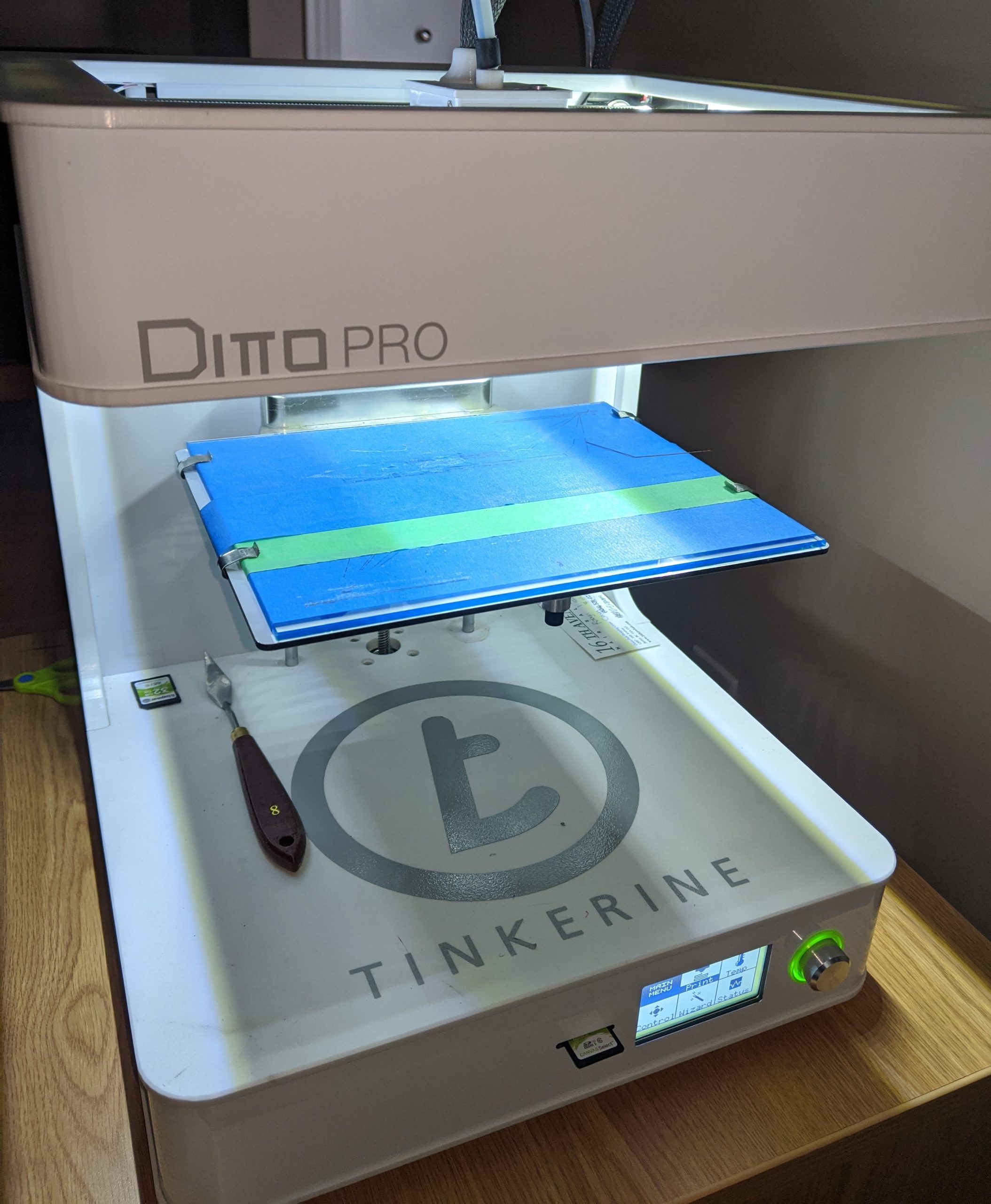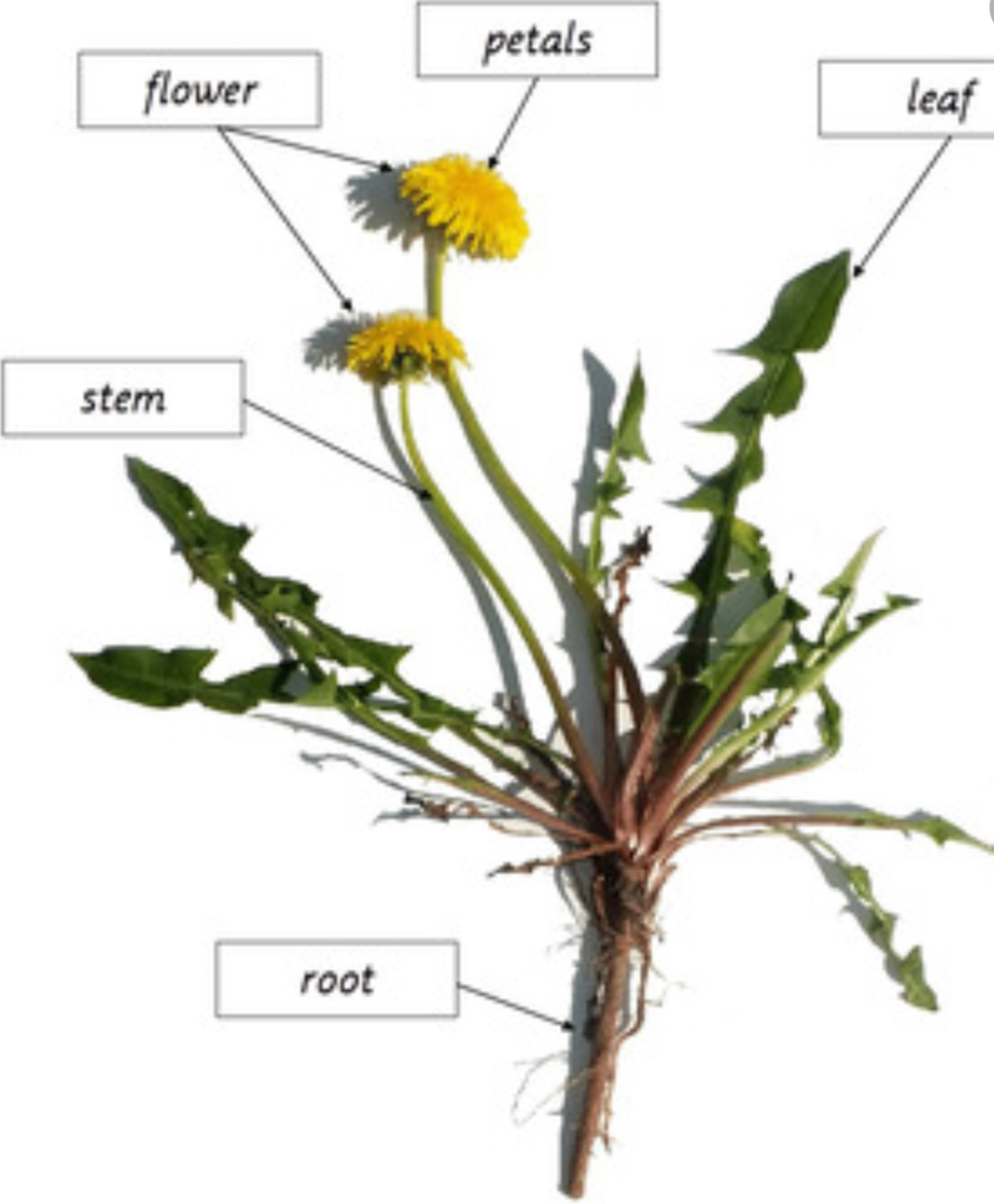Watch Caine’s Arcade and visit the official website here

Ways to attach your cardboard pieces!

Watch THIS awesome video about 3D printing prothetics
Video – Will 3-D Printing Change the World?
You can design your own projects and Mrs. Soo will help you print them on our school’s 3-D printer.


Here’s what you need to do:
Click here if you want a challenge and to help out medical staff with Covid19?



Dandelions have the coolest seeds. They are designed by nature to fly very far away from the dandelion plant. Why do you think this is?
Your challenge is to design something that looks like a dandelion seed and see if you can get it to float if you drop it from a chair.
Don’t forget that if it doesn’t work you might have to redesign it many times before it floats. Every time it doesn’t work you learn something new about the design.
HINT: You do not need a lot of materials, a piece of paper will work.
You will need an adult to help you drop it.
Dandelions are everywhere!
Let’s Observe:


Let’s Experiment:
*Experiment worksheet can be downloaded from here.
Once you have discussed your thoughts, read this:


The reason that the stem strips curl when you put them in water is because the outside of the stem does not let the water in and the inside of the stem absorbs the water.
Feel the difference between the inside and the outside of the stem. Can you feel how the inside is moist? This is how it delivers water from the roots up to the flower.
How does a solar oven work?
Solar energy is when radiation from the sun, otherwise known as sunlight, is converted into heat or thermal energy.
A solar oven directs the radiation (sunlight), using tin foil, into a box that has a black bottom that absorbs the heat. The box is insulated with saran wrap to trap the heat.
Experiment *Best done on a warm, sunny day
Questions:
Will the solar oven get warm enough to melt food?
Will the inside of the solar oven get warmer that the outside air surrounding the solar oven? How much warmer?
Hypothesis or Guess:
What do you think will happen? Answer the questions above before you do the experiment.
Materials:

Procedure:
Conclusion: